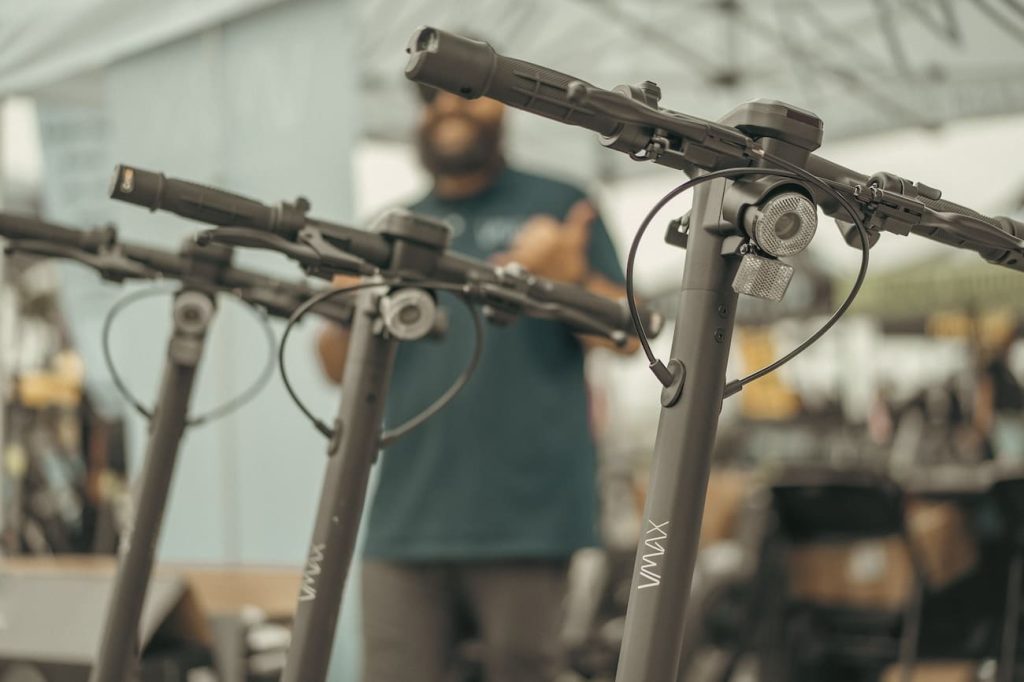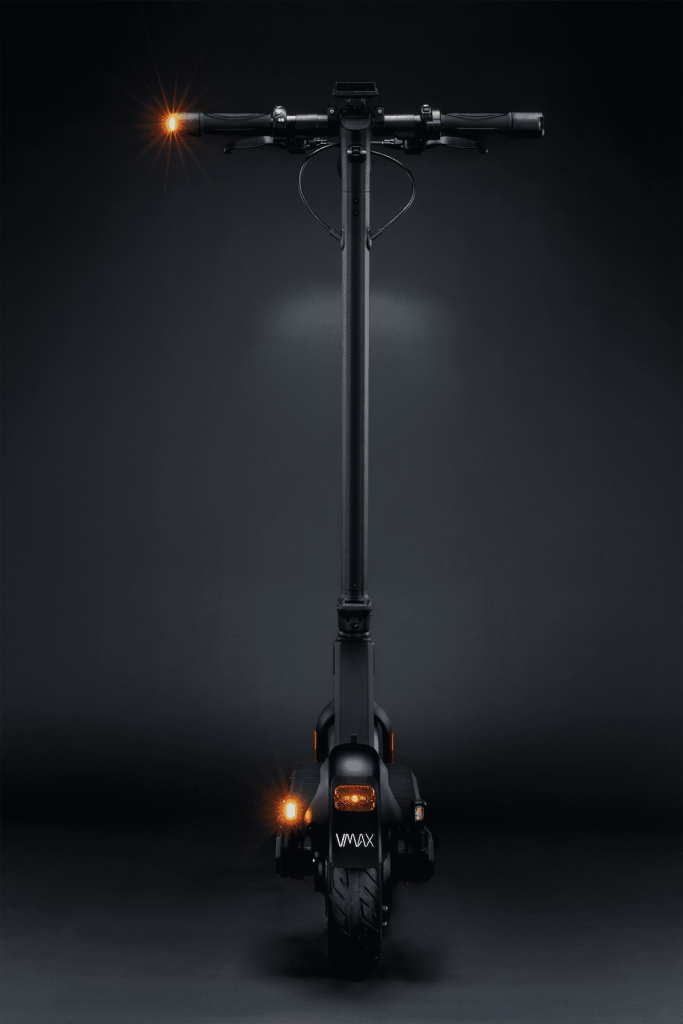
Swiss-based VMAX has been a key player in the European electric scooter market since 2015, and last year expanded into the US market. Now we’re getting our first look at two new models released into the US market, the VMAX VX2 Extreme and the VX5 Pro.
The company is leveraging its Swiss heritage and the quality reputation that goes along with it, even if the scooters aren’t actually made in Switzerland like your favorite timekeeper or chocolate. Still, that penchant for quality seems to live on in the brand’s industry-leading two-year warranty, focus on UL certification testing, IPX6 waterproof rating, and fully-stocked replacement parts warehouse in the US, just in case anyone needs to test out that warranty.
Now, the company is showing off a pair of new scooters in the US market, targeting both the higher-performance market and the entry-level segment. The $999 VX2 Extreme is designed for that type of higher-performance riding, while the $449 VX5 Pro is built with budget shoppers in mind.
Both models include several important features, such as relatively large tubeless pneumatic tires (10″ and 9″ on VX2 Extreme and VX5 Pro, respectively), LED lighting with included blinkers, UL 2722 certification from SGS, IPX6 water resistance to protect the scooters in a rain shower, and a combination of electronic regenerative braking and sealed drum brakes.

To dive into the details, let’s start with what looks to be the more adrenaline-laced model. The new VMAX VX2 Extreme is the company’s latest update to the VX2 Pro, which is still available as one of the company’s best sellers. In fact, one of my colleagues got a chance to test out the VX2 Pro last year. With any luck, I’ll try out the even higher-performance VX2 Extreme.
Upping the ante, the VX2 Extreme comes with a higher power motor featuring 1,600 peak watts, a steeper max climbing grade of 33%, a longer range per charge of up to 43 miles (69 km), a wider deck for added comfort, an upgraded 4-inch TFT LCD display, a new companion app, a higher weight limit of 330 lb (150 kg), and a new top speed of 25 mph (40 km/h).
The base model offers a 500Wh battery with 28 miles (45 km) of range. There are also two larger battery options available. Riders can opt for 624 Wh or 792 Wh battery packs offering ranges of 34 and 43 miles (54 and 69 km), respectively.
At $999 (or an extra $100/$200 for the larger battery options), that’s a lot of performance. We’ve seen other companies targeting this high-performance/low-price segment lately, but rarely with the bang-for-buck that VMAX is offering with the VX2 Extreme.


On the more relaxed ride end of the spectrum, the new VMAX VX5 Pro offers several upgrades over the company’s VX5 budget e-scooter.
The 18 mph (30 km/h) scooter now comes with new LED blinkers for indicating turns, and the pneumatic tires have been increased to a 9″ size while also going tubeless.
The scooter also maintains the same VMAX Connect App, IPX6 water resistance rating, UL 2722 certification by SGS, and a combination of regenerative braking and sealed drum brakes.
The $449 entry-level price includes a smaller 11-mile (18 km) battery, but there are two longer-range options with larger batteries that offer 17 miles or 22 miles (27 or 35 km), with each adding just $50 to the price.




Electrek’s Take
I’m pretty impressed by the value here. The performance of both models exceeds the price, especially when you consider some of the nice added features like turn signals and wider decks. It used to be that getting a $400 scooter meant shopping from one of the shady off-brand brands. But now you can get a solid scooter for the cost of a car payment and still have enough left over for a solid lock and helmet.
The only hesitation I have is the suspension, or lack thereof. I’m a bit split here. On the one hand, it’s great to have suspension when riding on surfaces like pavers, bricks, and cobblestones. On the other hand, scooters are more rugged and generally last longer without it (not to mention are less expensive and several pounds lighter). So as long as you don’t have crazy rough streets, this is probably sufficient, and the added bonus is the scooter will likely last for more years.
Those 9″ and 10″ pneumatic tires will also help with the occasional pothole, even if they aren’t the same as true suspension. But for anyone cruising Boston’s cobblestone streets, for example, that true suspension on competitors’ models does start to look mighty interesting.
